√100以上 the movement of trna molecules showing the translation process 271034-Model the movement of trna molecules showing the translation process
The interaction between tRNA and the ribosome during translation, specifically during elongation, constitutes an example of the motion and adaptability of living molecules Recent results obtained by cryoelectron microscopy of "naked" ribosomes and ribosomes in functional binding states shine some light on this fundamental lifesustaining processTranslation The genetic code is transferred to an amino acid sequence in a protein through the translation process, which begins with the arrival of the mRNA molecule at the ribosome While the mRNA was being synthesized, tRNA molecules were uniting with their specific amino acids according to the activity of specific enzymesMRNA is used to synthesize proteins by the process of translation The genetic code is the correspondence between the threenucleotide mRNA codon and an amino acid The genetic code is "translated" by the tRNA molecules, which associate a specific codon with a specific amino acid
Biol60 Gene Expression Transcription
Model the movement of trna molecules showing the translation process
Model the movement of trna molecules showing the translation process-Translocation also involves movement of ribosome along mRNA towards its 3′end by a distance of one codon from first to second codon This movement shifts the dipeptidyl tRNA (carrying two amino acids) from "A" to "P" site In addition to these two sites P and A, a third site "E" (exit site) on 50 S ribosome is presentTherefore, tRNAs are the molecules that actually "translate" the language of RNA into the language of proteins As the adaptor molecules of translation, it is surprising that tRNAs can fit so much specificity into such a small package The tRNA molecule interacts with three factors aminoacyl tRNA synthetases, ribosomes, and mRNA



Protein Synthesis Translation Microbiology
Current models of translation propose that tRNA molecules are positioned statically on the ribosome in either classical or hybridstate configurations Our smFRET experiments show that after accommodation of aatRNA at the A site tRNA molecules are in dynamic exchange between the classical and hybrid states on the ribosomeElongation As the ribosome moves along the mRNA molecule, the tRNA in the P site is released and the tRNA in the A site is translocated to the P siteThe A binding site becomes vacant again until another tRNA that recognizes the new mRNA codon takes the open positionThis pattern continues as molecules of tRNA are released from the complex, new tRNA molecules attach, and the amino acid chainProcess by which mRNA directs the synthesis of a protein small RNA molecules that transport amino acids to the ribosome an enzyme that catalyzes the synthesis of mRNA using a specific section of DNA as a template Model the movement of tRNA molecules showing the translation process
The rate of mRNA translation depends on the initiation, elongation, and termination rates of ribosomes along the mRNA These rates depend on many "local" factors like the abundance of freeA detailed understanding of tRNA/mRNA translocation requires measurement of the forces generated by the ribosome during this movement Such measurements have so far remained elusive and, thus, little is known about the relation between force and translocation and how this reflects on its mechanism and regulationThe next step is the translocation which involves (1) movement of second tRNA from aminoacyl to site and dislodging empty tRNA f met and (2) the movement of entire ribosome along mRNA, a distance equivalent to 3 nucleotides Since the aminoacyl site is now vacate, it allows the entry of a new codon
27U8 Translation depends on complementary base pairing between codons on mRNA and anticodons on tRNA Outline the role of complementary base pairing between mRNA and tRNA in translation Translation is the process of protein synthesis in which the genetic information encoded in mRNA is translated into a sequence of amino acids on aIn eukaryotic organisms, after the first step of transcription is complete, the newly synthesized messenger RNA (mRNA) must find its way outside the nucleus into the cytoplasm where translation takes place (In prokaryotes, which lack nuclei, this is not the case) Because the plasma membrane surrounding the contents of the nucleus can be choosy, this process requires active input from theDescribe the movement of the ribosome as translation occurs During elongation how many tRNA molecules that are held in the ribosomes at the same time 2 19 a release factor binds the last codon which stops the process of adding more amino acids to the polypeptide A water molecule is added to the end of the amino acid chain



Translation Biology Wikiwand



Structure And Function Of Rna Microbiology
The tRNA, which assists in the translation process, to come together correctly • During translation, tRNA molecules carrying amino acids are positioned in the ribosome's two docking sites • Afterwards, this machinery can disassemble and be reused many times In the upcoming animation, you will see aTranslation A) requires three types of DNA B) requires the pairing of codons on tRNA with anticodons on mRNA C) involves copying RNA from DNA molecules D) involves formation of peptide bonds between adjacent amino acids E) All of the choices are correctThe mRNA (shown in purple) is assembled between the small subunit and the large subunit of the ribosome (shown is green) tRNA molecules (shown in red) that are loaded with their cognate amino acid (shown in pink) are transitioned through the APE sites of the ribosome during the elongation phase of translation Movement of the tRNA molecules



Transfer Rna Wikipedia



Role Of Transfer Rna Modification And Aminoacylation In The Etiology Of Congenital Intellectual Disability
The exact number of aminoacyl tRNA synthetases varies by speciesThe tRNA, which assists in the translation process, to come together correctly • During translation, tRNA molecules carrying amino acids are positioned in the ribosome's two docking sites • Afterwards, this machinery can disassemble and be reused many times In the upcoming animation, you will see aMost genes contain the information needed to make functional molecules called proteins (A few genes produce other molecules that help the cell assemble proteins) The journey from gene to protein is complex and tightly controlled within each cell It consists of two major steps transcription and translation


Protein Synthesis And Maturation


A Chemical Kinetic Basis For Measuring Translation Initiation And Elongation Rates From Ribosome Profiling Data
Figure \(\PageIndex{6}\) Termination of translation There is no tRNA with an anticodon for the stop codon Instead, there is a set of release factors that t into the A site of the ribosome, bind to the stop codon, and activate the ribosome to cut the bond between the polypeptide chain and the last tRNA (Figure \(\PageIndex{6}\))The interaction between tRNA and the ribosome during translation, specifically during elongation, constitutes an example of the motion and adaptability of living molecules Recent results obtained by cryoelectron microscopy of "naked" ribosomes and ribosomes in functional binding states shine some light on this fundamental lifesustaining processTRNA The movement of water across a membrane from an area of higher water (lower



Protein Synthesis Translation Microbiology
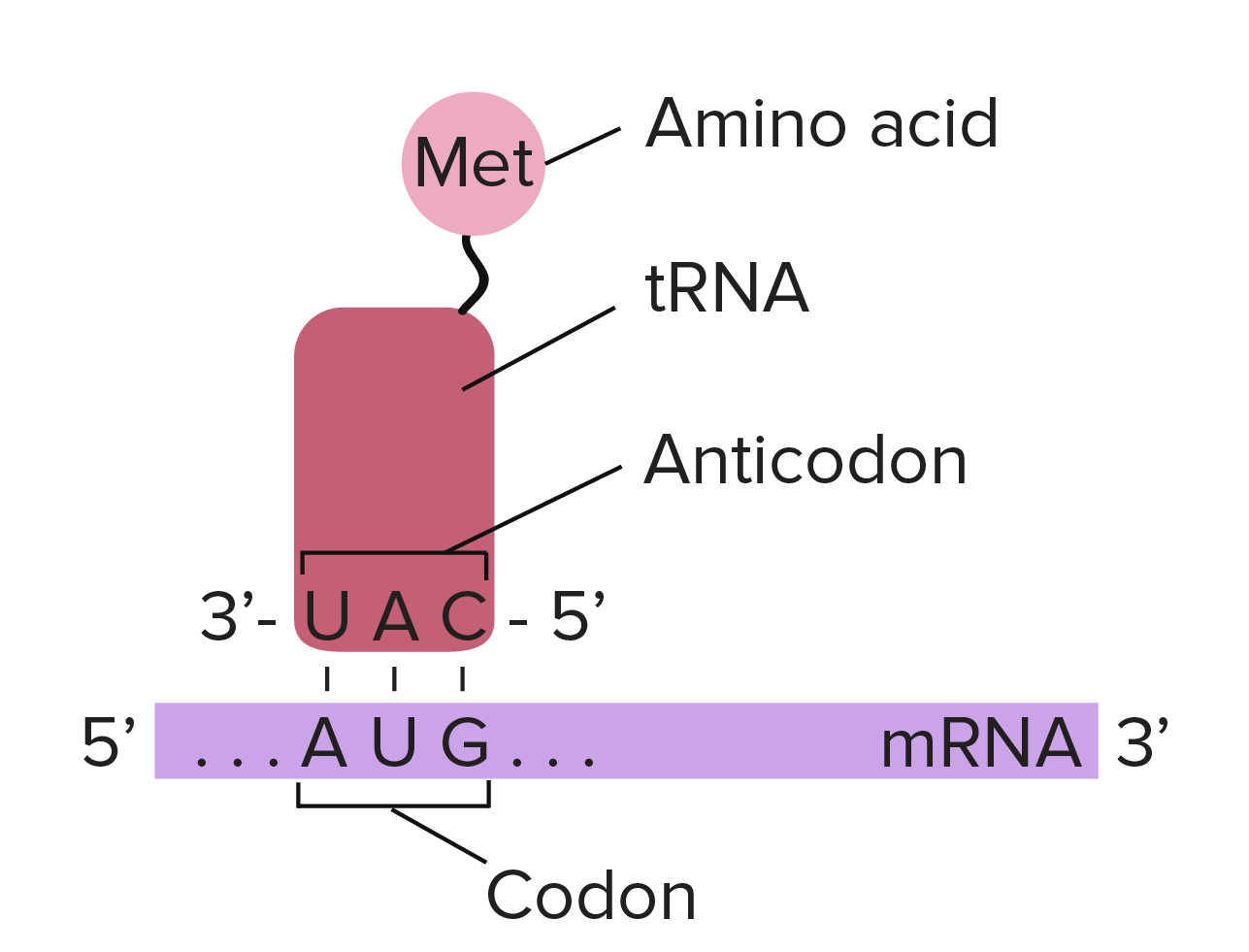


Trnas And Ribosomes Article Translation Khan Academy
During translation, the two subunits come together around a mRNA molecule, forming a complete ribosome The ribosome moves forward on the mRNA, codon by codon, as it is read and translated into a polypeptide (protein chain) Then, once translation is finished, the two pieces come apart again and can be reusedIn bacteria, the first aminoacyltRNA to initiate translation is always a formyl derivative of methionine called FMettRNA 5 tRNA molecules are linked to their respective amino acids by enzymes called • phenylalanine hydroxylases • aminoacyltRNA synthetases • betagalactosidases • Ornithine decarboxylasesCloverleaf transfer RNA (tRNA) is the ancient molecule (>35 billion years old) around which translation systems evolved The first cloverleaf tRNA was formed by ligation of three 31 nucleotide minihelices and two symmetrical internal 9 nucleotide deletions The anticodon loop and the Tloop are homologous sequences and are very similar in
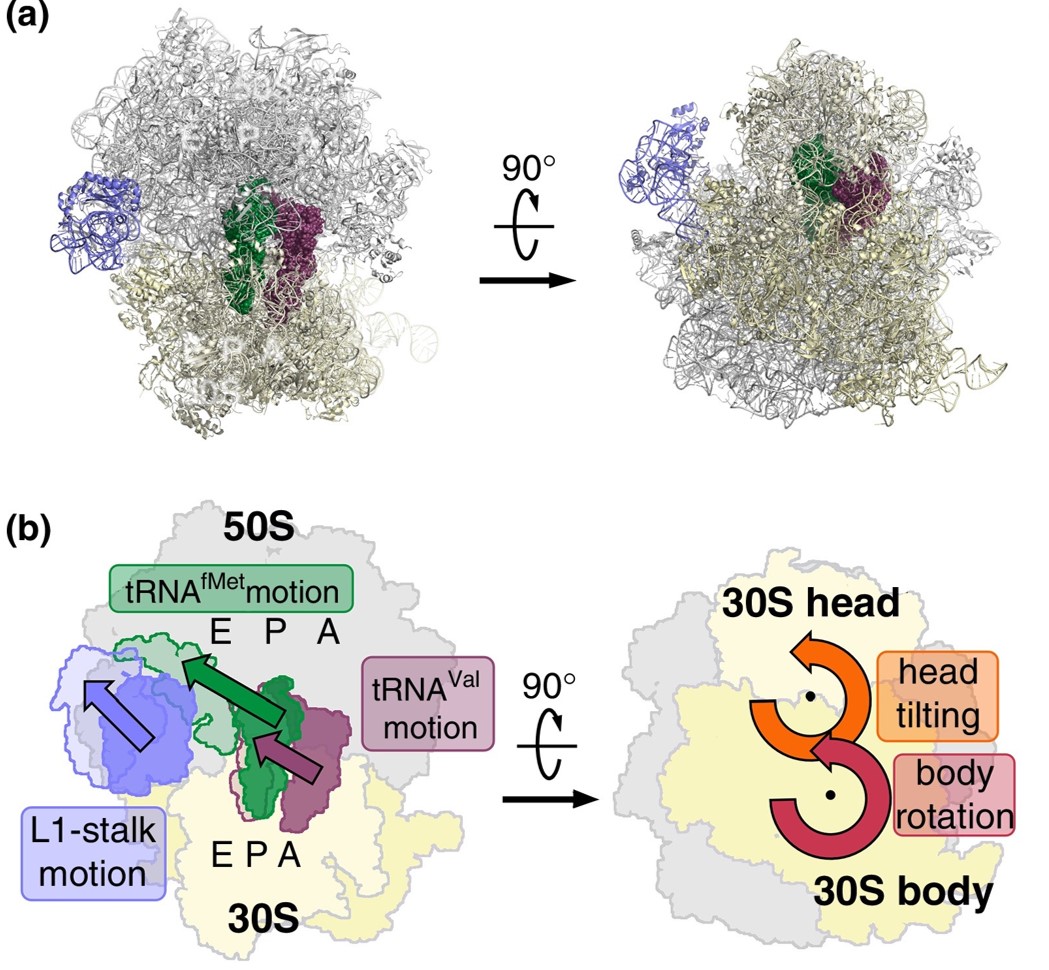


Chapter 11 Translation Chemistry



Protein Synthesis
Amino acids are attached to tRNA molecules with the help of enzyme called during elongation phase of translation, a charged tRNA carrying a single amino acid binds to the___ site A What process allows a single gene to encode two or more polypeptides with different amino acid sequencesThrough the process of tRNA "charging," each tRNA molecule is linked to its correct amino acid by a group of enzymes called aminoacyl tRNA synthetases At least one type of aminoacyl tRNA synthetase exists for each of the amino acids;Author summary mRNA translation is a fundamental process in all living organisms and the importance of its modeling has been demonstrated across many fields of science and biotechnology Specifically, modeling a whole cell context with a high resolution has been a great challenge in the field, making many important problems unaddressable In this study we devised a novel model, which allows
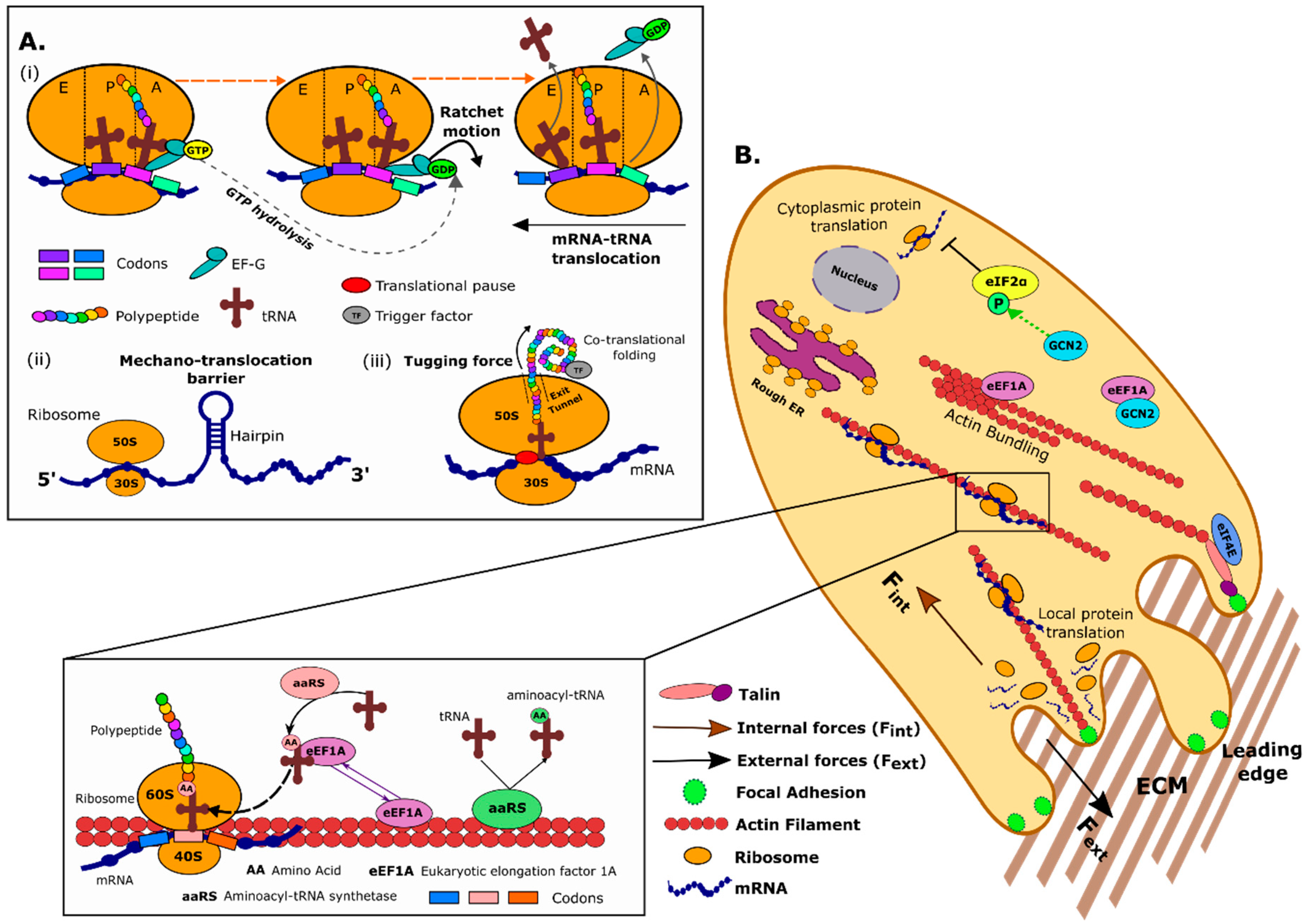


Cells Free Full Text Mechanical Forces And Their Effect On The Ribosome And Protein Translation Machinery Html



Dna And Protein Synthesis S Cool The Revision Website
The end of the mRNA code translation process is signaled by a stop codon Start and stop codons do not code for amino acids but tell the tRNA and ribosome where a polypeptide chain should begin and end The finished product – the newly synthesized polypeptide – is released into the cytoplasm From there it can travel to wherever it is neededElongation As the ribosome moves along the mRNA molecule, the tRNA in the P site is released and the tRNA in the A site is translocated to the P siteThe A binding site becomes vacant again until another tRNA that recognizes the new mRNA codon takes the open positionThis pattern continues as molecules of tRNA are released from the complex, new tRNA molecules attach, and the amino acid chainThe interaction between tRNA and the ribosome during translation, specifically during elongation, constitutes an example of the motion and adaptability of living molecules Recent results obtained


Q Tbn And9gctjmah7vk6vhk Xxmhsjz3lvbx1w3d 5 Olcvolnwa6alntoz Usqp Cau
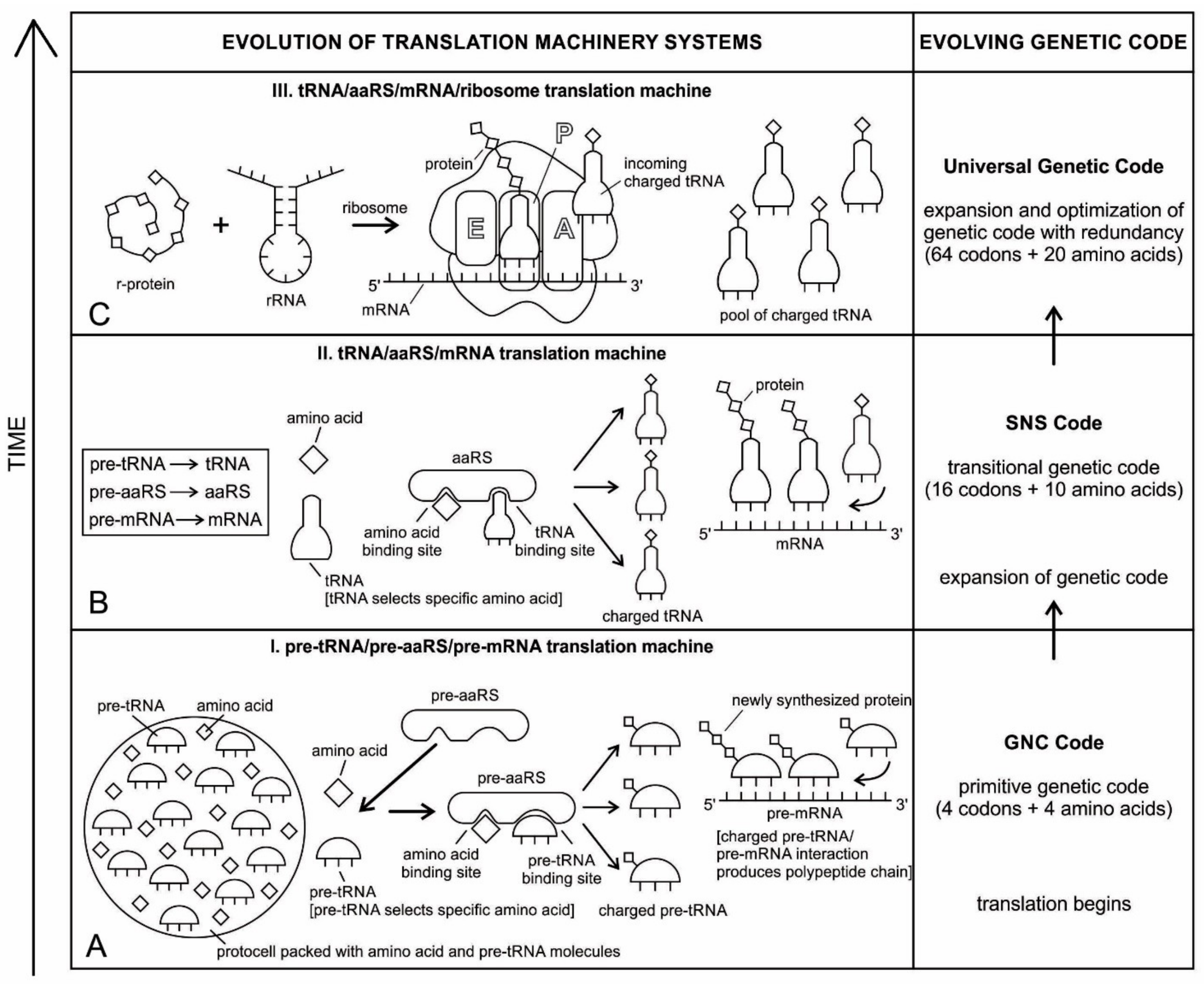


Life Free Full Text The Origin Of Prebiotic Information System In The Peptide Rna World A Simulation Model Of The Evolution Of Translation And The Genetic Code Html
Therefore, tRNAs are the molecules that actually "translate" the language of RNA into the language of proteins Each tRNA is made up of a linear RNA molecule that is folded into a complex shape (Figure 3) At one end of the tRNA is an anticodon, which recognizes and base pairs with one of the mRNA codonsThe essential fungal‐specific translation elongation factor 3 (eEF3) has been implicated in tRNA binding and release Combined in vitro and in vivo analyses show that its critical is in release of E‐site‐tRNA from the ribosome during late steps of translocation Cryo‐EM structures of native eEF3/ribosome complexes reveal the molecular architecture of eEF3 on the ribosomeThe work of Liu, Kaplan et al opens the way for a full characterization of the role of mechanical forces in the translation process 'Optical tweezers' measurements of single ribosomes and single mRNA molecules show that the translation rate depends exponentially on the applied force, and suggests that the ribosome functions as a Brownian



Anticodon An Overview Sciencedirect Topics


11 4 Translation Biology Libretexts
The interaction between tRNA and the ribosome during translation, specifically during elongation, constitutes an example of the motion and adaptability of living moleculesThat explanation is correct, but it is also simplified, and overlooks a crucial component of the translation process That component is transfer RNA (tRNA), which acts as a kind of link between the information encoded in the mRNA and the amino acids If the mRNA is a code, then the tRNA is the key that interprets that code into physical proteinsThe peptidyltRNA binding site (or P site) is where the tRNA linked to the growing polypeptide chain is bound The exit site (or E site) is a binding site for tRNA following its role in translation and prior to its release from the ribosome All three sites (A, P and E) are formed by the rRNA molecules in the ribosome THE PROCESS OF TRANSLATION


What Is Faster Transcription Or Translation


Http Www Chem Latech Edu Upali Chem121 Notes C22 121 Pdf
In translation, messenger RNA (mRNA) is decoded in a ribosome, outside the nucleus, to produce a specific amino acid chain, or polypeptideThe polypeptide later folds into an active protein and performs its functions in the cell The ribosome facilitates decoding by inducing the binding of complementary tRNA anticodon sequences to mRNA codonsThe tRNAs carry specific amino acids that areThe process of translation, or protein synthesis, involves the decoding of an mRNA message into a polypeptide product Amino acids are covalently strung together by interlinking peptide bonds Each individual amino acid has an amino group (NH 2) and a carboxyl (COOH) group Polypeptides are formed when the amino group of one amino acid forms an amide (ie, peptide) bond with the carboxyl group of another amino acid (Figure 1)Process by which mRNA directs the synthesis of a protein small RNA molecules that transport amino acids to the ribosome an enzyme that catalyzes the synthesis of mRNA using a specific section of DNA as a template Model the movement of tRNA molecules showing the translation process


Q Tbn And9gcq 6lbajgfazy Bqwhakco8nsynkuet Njqe5 Cevwixvvmrj2s Usqp Cau



Roadblocks And Resolutions In Eukaryotic Translation Abstract Europe Pmc
The mRNA (shown in purple) is assembled between the small subunit and the large subunit of the ribosome (shown is green) tRNA molecules (shown in red) that are loaded with their cognate amino acid (shown in pink) are transitioned through the APE sites of the ribosome during the elongation phase of translation Movement of the tRNA moleculesThe interaction between tRNA and the ribosome during translation, specifically during elongation, constitutes an example of the motion and adaptability of living molecules Recent results obtained by cryoelectron microscopy of "naked" ribosomes and ribosomes in functional binding states shine some light on this fundamental lifesustaining processTranslocation also involves movement of ribosome along mRNA towards its 3′end by a distance of one codon from first to second codon This movement shifts the dipeptidyl tRNA (carrying two amino acids) from "A" to "P" site In addition to these two sites P and A, a third site "E" (exit site) on 50 S ribosome is present


Human Physiology Cell Structure And Function
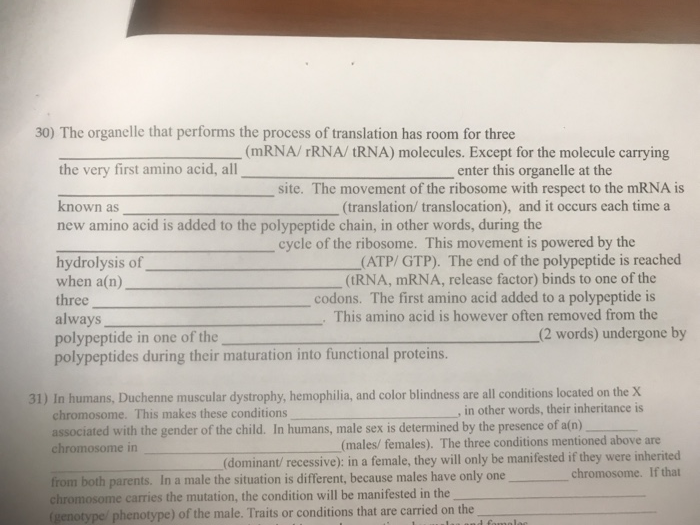


Solved 30 The Organelle That Performs The Process Of Tra Chegg Com
The mRNA (shown in purple) is assembled between the small subunit and the large subunit of the ribosome (shown is green) tRNA molecules (shown in red) that are loaded with their cognate amino acid (shown in pink) are transitioned through the APE sites of the ribosome during the elongation phase of translation Movement of the tRNA moleculesProcess by which mRNA directs the synthesis of a protein small RNA molecules that transport amino acids to the ribosome an enzyme that catalyzes the synthesis of mRNA using a specific section of DNA as a template Model the movement of tRNA molecules showing the translation processIn eukaryotic organisms, after the first step of transcription is complete, the newly synthesized messenger RNA (mRNA) must find its way outside the nucleus into the cytoplasm where translation takes place (In prokaryotes, which lack nuclei, this is not the case) Because the plasma membrane surrounding the contents of the nucleus can be choosy, this process requires active input from the
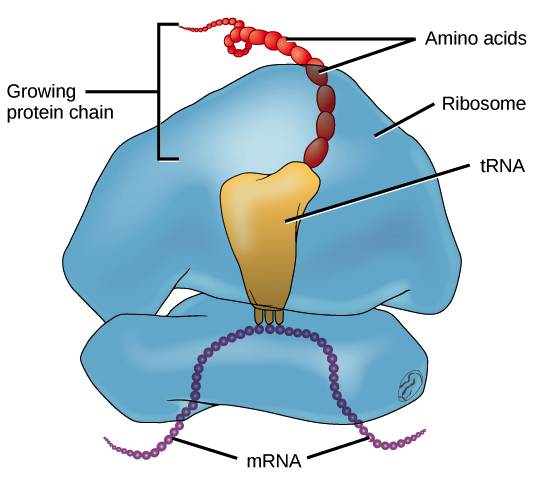


Trnas And Ribosomes Article Translation Khan Academy



Aminoacyl Trna An Overview Sciencedirect Topics
The movement of tRNA molecules showing the translation process Copyright © Glencoe/McGrawHill, a division of The McGra wHill Companies, Inc DNA issues instructions messenger RNA brings instructions from DNA to the cytoplasm the rRNA uses the instructions to assemble the amino acids in the right order transfer RNA delivers amino acids to theTherefore, tRNAs are the molecules that actually "translate" the language of RNA into the language of proteins Each tRNA is made up of a linear RNA molecule that is folded into a complex shape (Figure 3) At one end of the tRNA is an anticodon, which recognizes and base pairs with one of the mRNA codonsThe movement of the tRNA molecules is concomitant with the movement of the bound mRNA chain by the length of three bases, allowing the next codon of mRNA in the ribosomal A site to be presented for decoding Each step of the elongation cycle of translation, namely decoding, peptidyltransfer, and translocation, presents an enigma on its own
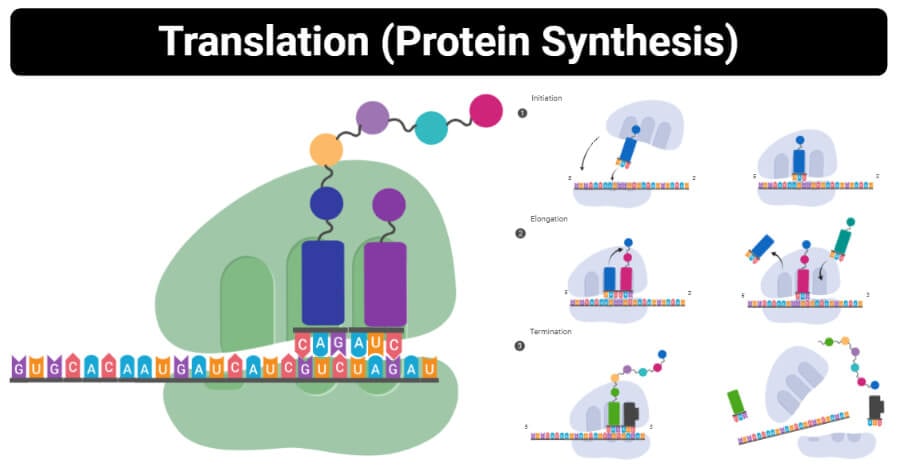


Translation Protein Synthesis Definition Enzymes And Steps



The Ribosome As A Conveying Thermal Ratchet Machine Journal Of Biological Chemistry
_____ is the name of the process that produces proteins using RNA molecules Translation The peptide bonding site on the ribosome P site The name given to the bond formed between two amino acids Peptide bond _____ is the movement of the mRNA molecule on the ribosome to open up the Asite for the new incoming amino acid and puts theThat explanation is correct, but it is also simplified, and overlooks a crucial component of the translation process That component is transfer RNA (tRNA), which acts as a kind of link between the information encoded in the mRNA and the amino acids If the mRNA is a code, then the tRNA is the key that interprets that code into physical proteinsRibosomes Even before an mRNA is translated, a cell must invest energy to build each of its ribosomes In E coli, there are between 10,000 and 70,000 ribosomes present in each cell at any given timeA ribosome is a complex macromolecule composed of structural and catalytic rRNAs, and many distinct polypeptides In eukaryotes, the nucleolus is completely specialized for the synthesis and
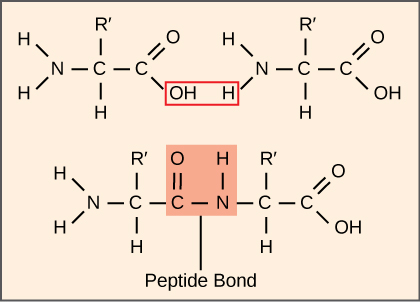


15 5 Ribosomes And Protein Synthesis Biology Libretexts



Chapter 3 Gene Expression Transcription Synthesis Of Proteins Translation And Regulation Of Gene Expression Flashcards Quizlet
Genes are used to make mRNA by the process of transcription;The movement of substances from an area of high concentration to an area of low concentration by interacting with a carrier protein is an example of facilitated diffusion Which molecule carries an amino acid to the site of protein synthesis during translation?



From Gene To Protein Biol110f13 Confluence



Rna And Protein Synthesis Dna Rna Protein Synthesis Genes Ppt Download
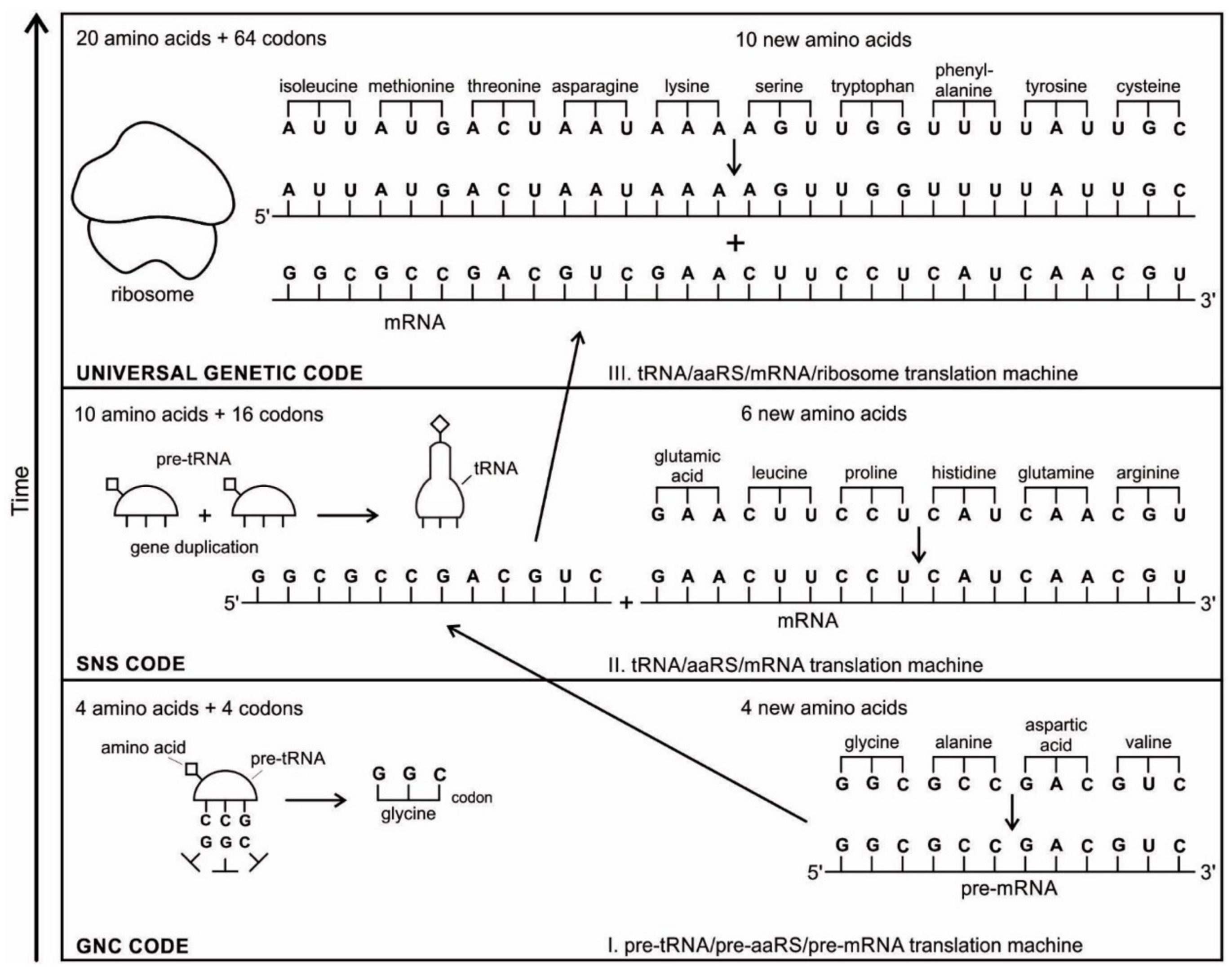


Life Free Full Text The Origin Of Prebiotic Information System In The Peptide Rna World A Simulation Model Of The Evolution Of Translation And The Genetic Code Html
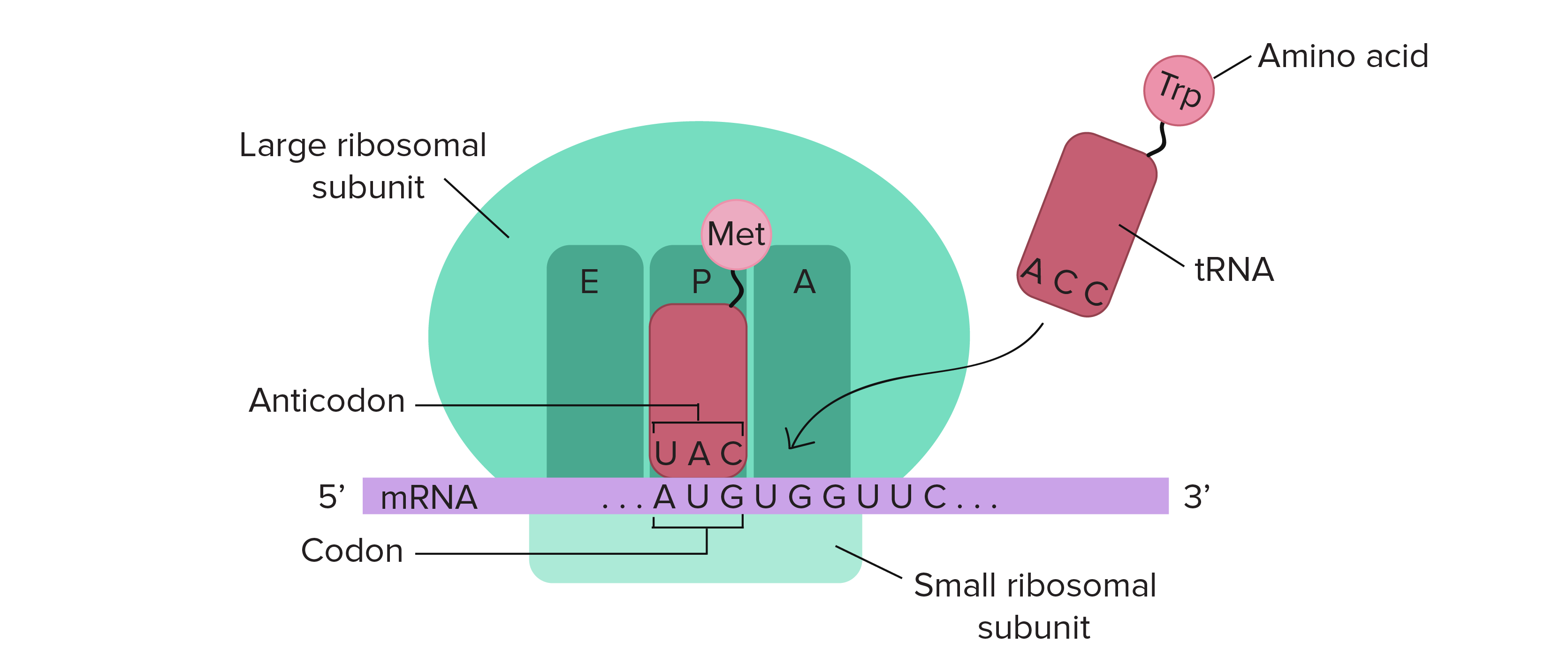


Chapter 11 Translation Chemistry


Http Www Welchclass Com Biology Genetics 125 126a Pdf



Control Of Translation Elongation In Health And Disease Disease Models Mechanisms



Protein Synthesis Human Physiology Part 1 Foundation Concepts Openstax Cnx



7 4 Translation A Biology



Translation Other Quiz Quizizz



Translation How Genes Work The Continuity Of Life The Living World
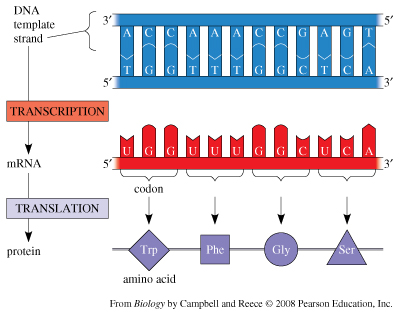


Topic 2 7 Dna Replication Transcription And Translation Amazing World Of Science With Mr Green
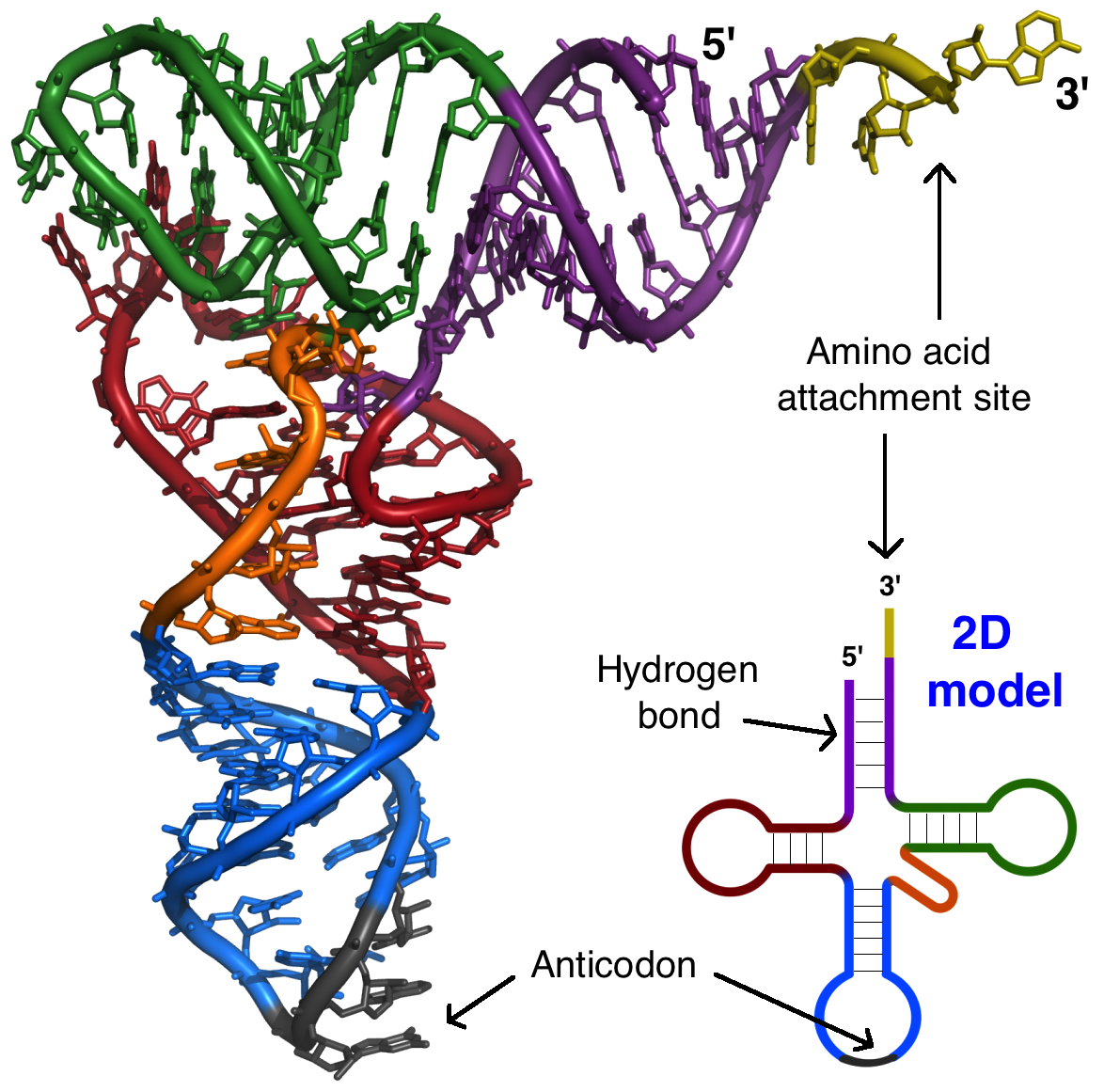


Trnas And Ribosomes Article Translation Khan Academy


3 5 Transcription And Translation Bioninja



Translation Biology For Majors I


1
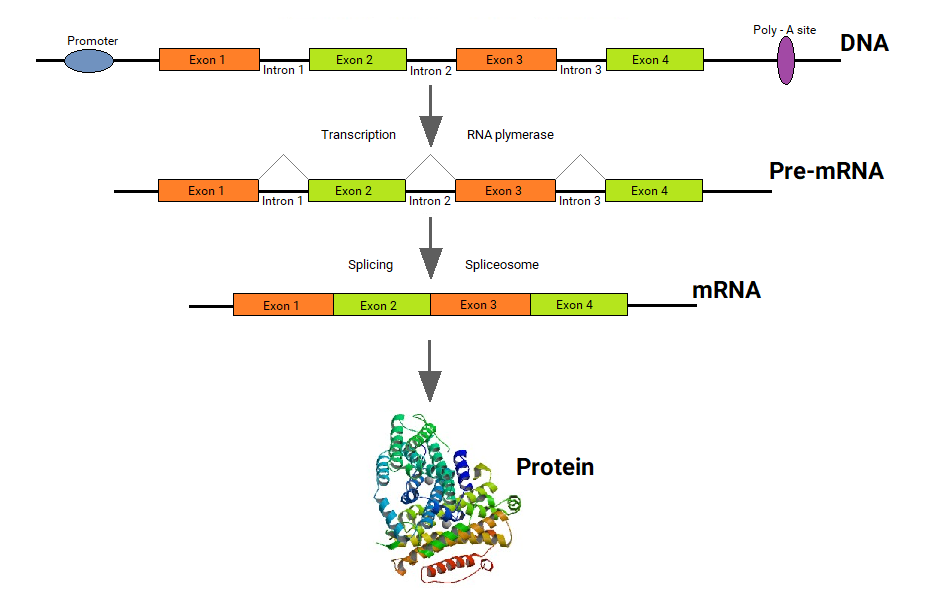


6 4 Protein Synthesis Biology Libretexts


7 4 Translation Bioninja
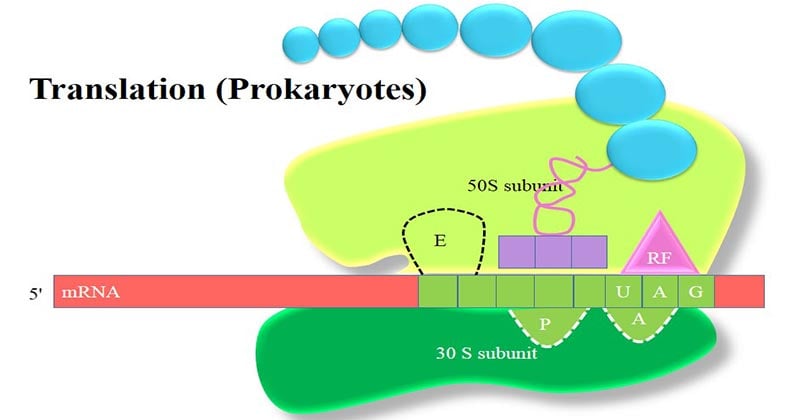


Prokaryotic Translation Protein Synthesis Molecular Biology Microbe Notes



Roadblocks And Resolutions In Eukaryotic Translation Nature Reviews Molecular Cell Biology



This Diagram Shows The Process Of Translation Which Statement Is Correct A The Mrna Code Brainly Com



Anticodon An Overview Sciencedirect Topics
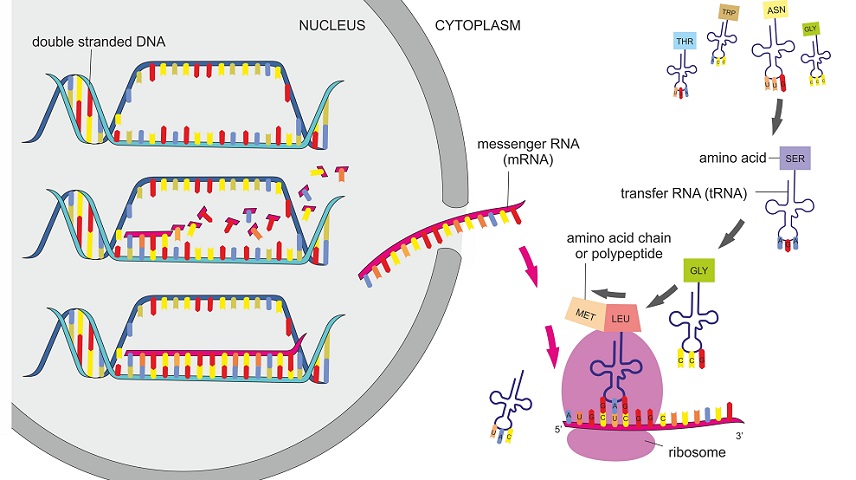


Protein Synthesis The Definitive Guide Biology Dictionary



Amino Acid Activation The Two Step Process In Which An Amino Acid With Its Side Chain Denoted By R Is Activated For Protein Synthesis By An Aminoacyl Trna Ppt Video Online Download


Biol60 Gene Expression Transcription


Translation Course Hero
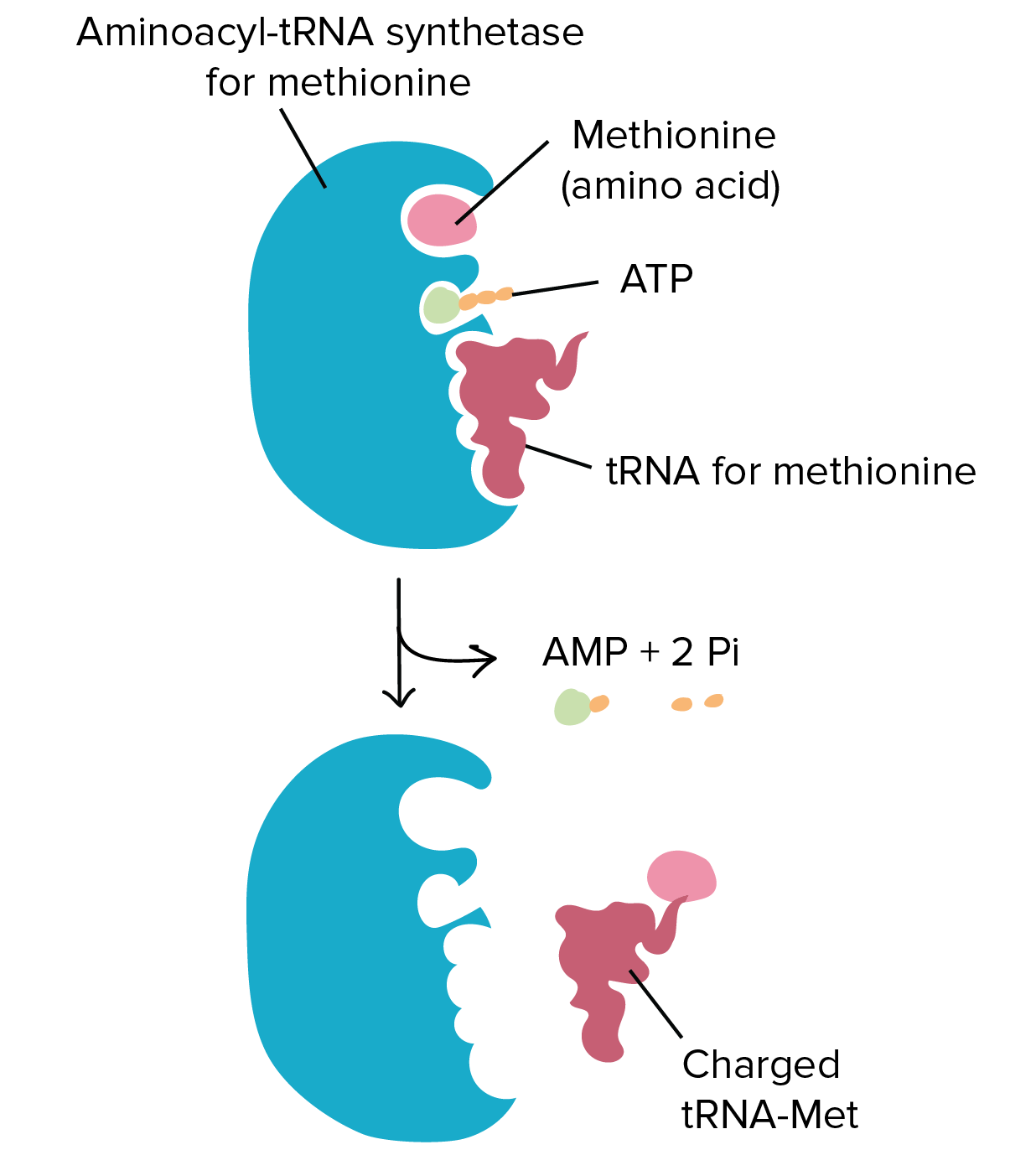


Trnas And Ribosomes Article Translation Khan Academy


Http Www Habiology Org Uploads 5 4 5 0 Ch12ws Pdf



Protein Synthesis Translation Microbiology
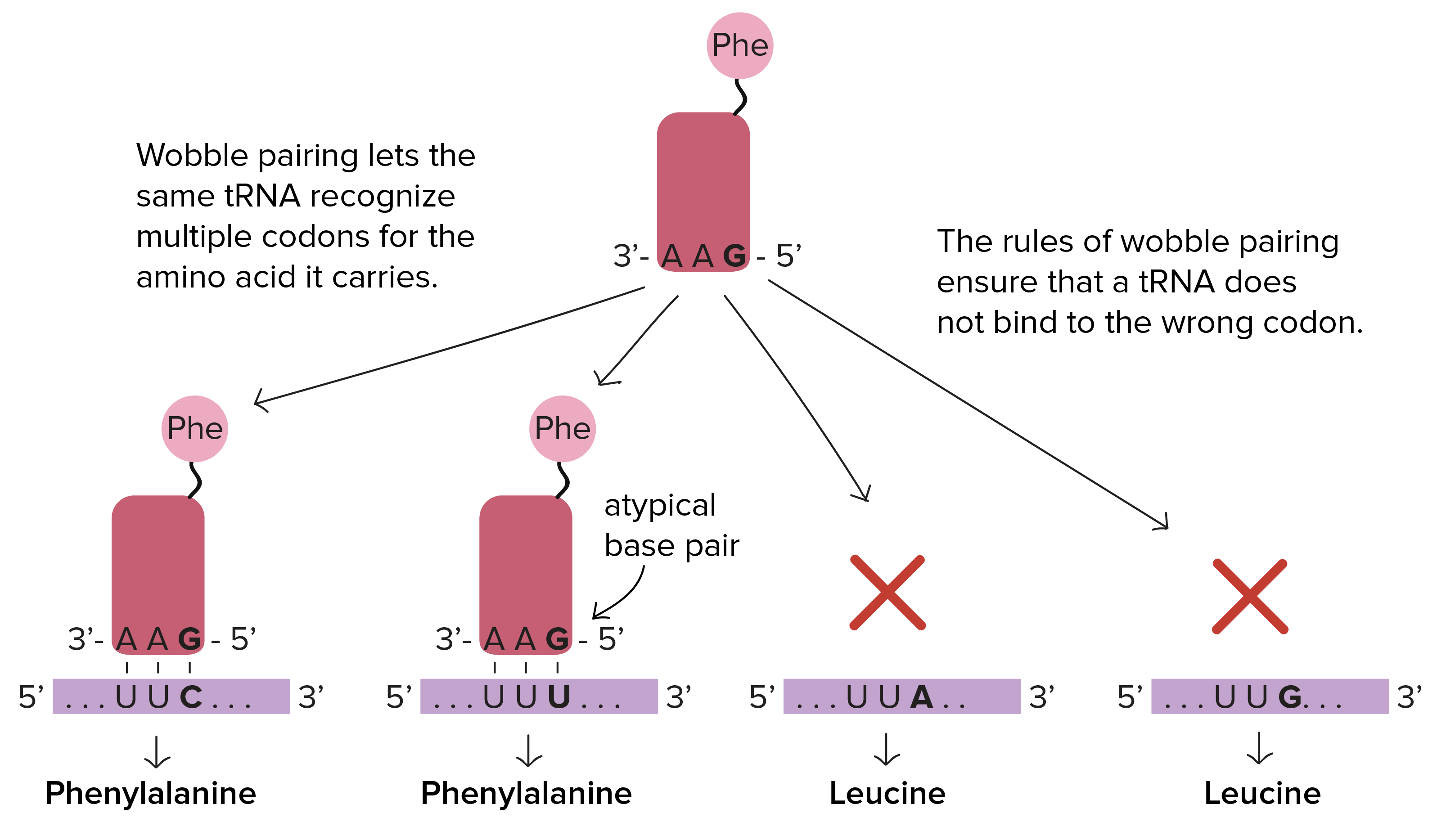


Trnas And Ribosomes Article Translation Khan Academy
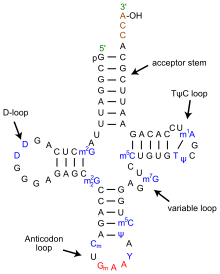


Transfer Rna Wikipedia



Information Flow And Levels Of Regulation Medical Genetics 1st Ed


Part Three Gene Expression And Protein Synthesis



Bioknowledgy Presentation On 7 3 Translation Ahl
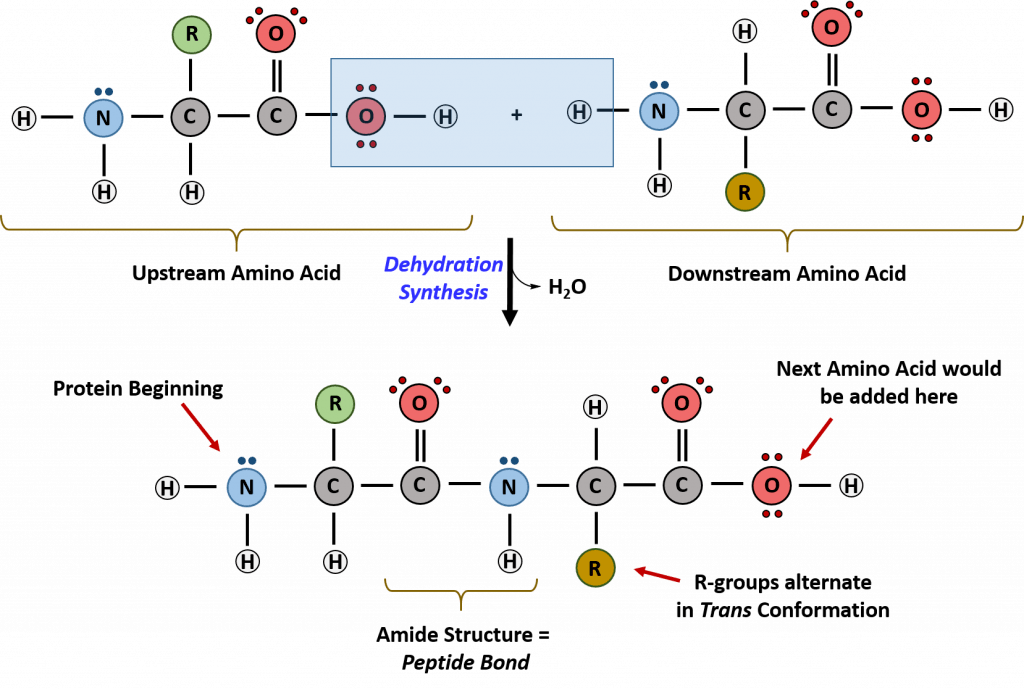


Chapter 11 Translation Chemistry



Trna Dynamics On The Ribosome During Translation Pnas


9 4 Translation Concepts Of Biology 1st Canadian Edition Molnar



Anticodon An Overview Sciencedirect Topics



12 4 Protein Synthesis Translation Microbiology Canadian Edition



Sketch Of The Mrna Translation Process Involving Initiation A Download Scientific Diagram



Protein Synthesis Human Physiology Part 1 Foundation Concepts Openstax Cnx


7 4 Translation Bioninja
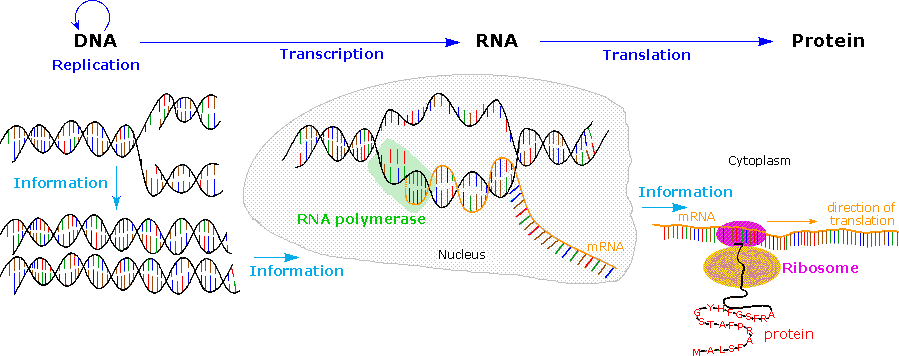


Nucleic Acids
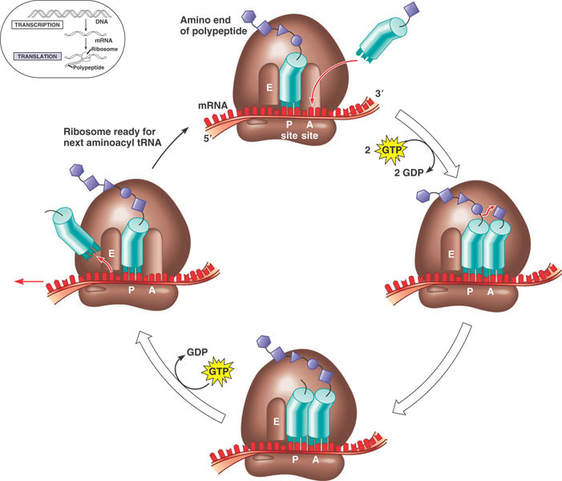


Topic 7 3 Translation Amazing World Of Science With Mr Green
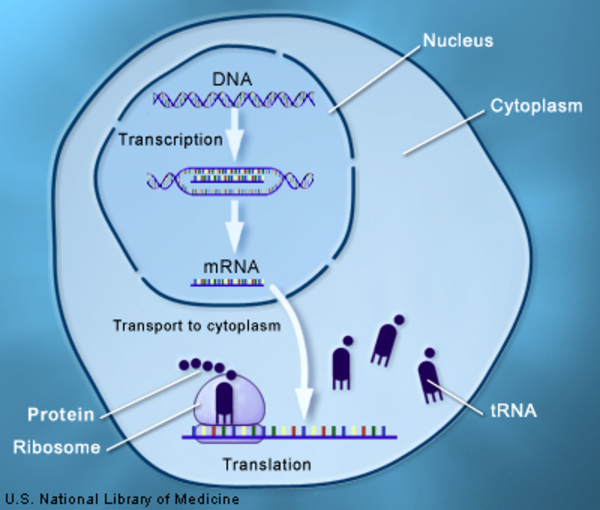


How Do Genes Direct The Production Of Proteins Medlineplus Genetics



Translation Description Process Location Britannica



Metabolic Free Energy And Biological Codes A Data Rate Theorem Aging Model Biorxiv
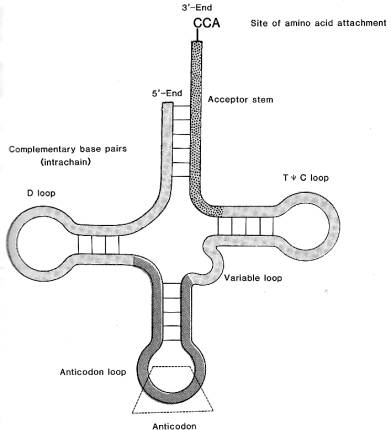


Antibiotic Resistance And Evolution
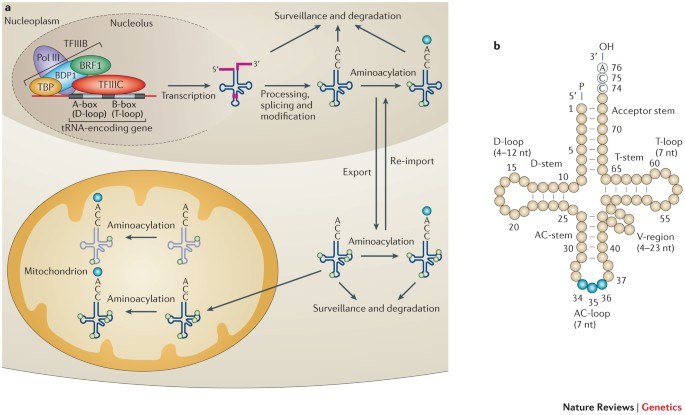


Emerging Roles Of Trna In Adaptive Translation Signalling Dynamics And Disease Nature Reviews Genetics



Translation Biology Wikipedia
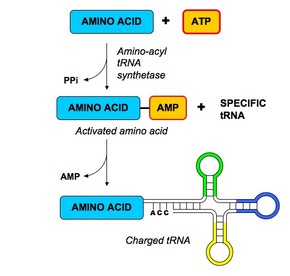


Trna Activation Bioninja
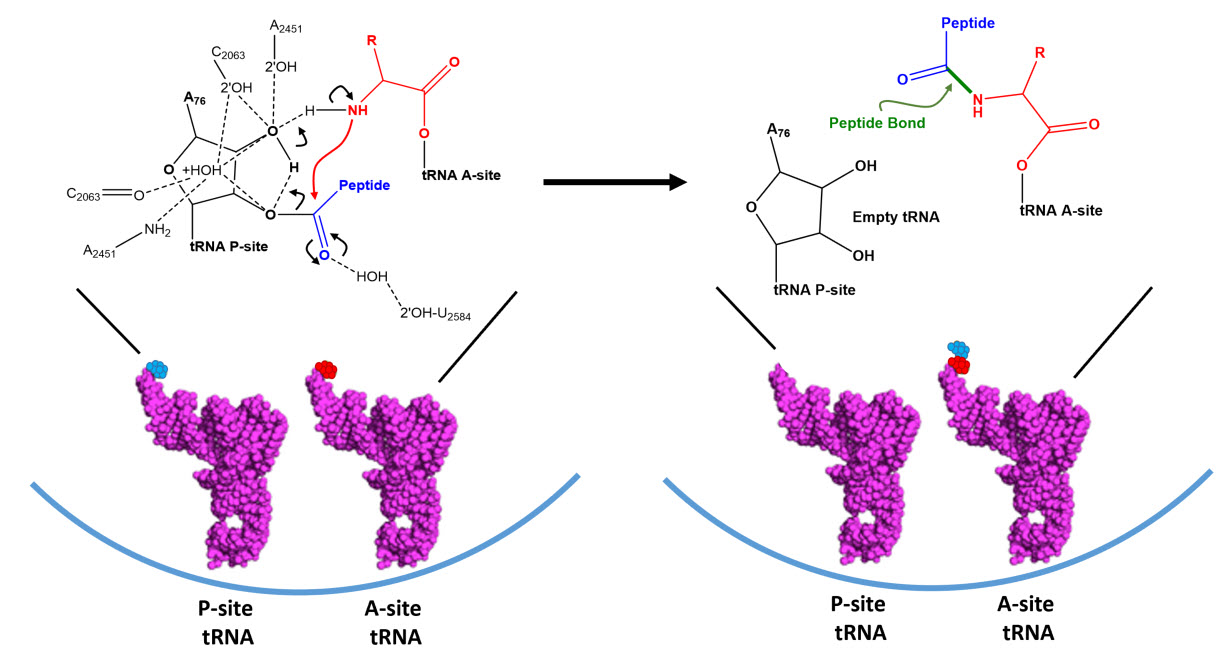


Chapter 11 Translation Chemistry
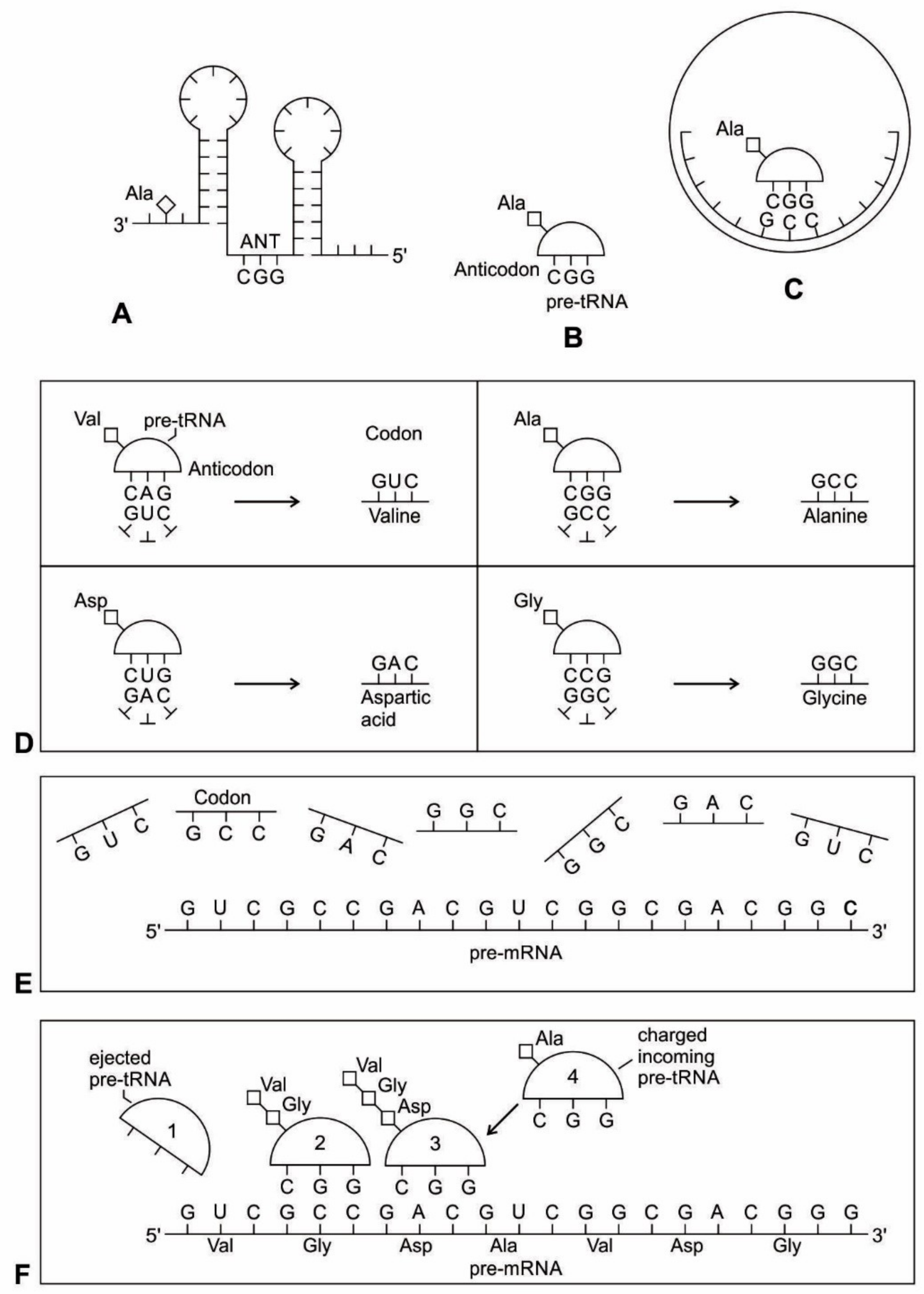


Life Free Full Text The Origin Of Prebiotic Information System In The Peptide Rna World A Simulation Model Of The Evolution Of Translation And The Genetic Code Html



70s Ribosome Showing Binding Sites For A P And E Site Trna Download Scientific Diagram



Biol60 Translation



The Process Of Mrna Trna Translocation Pnas
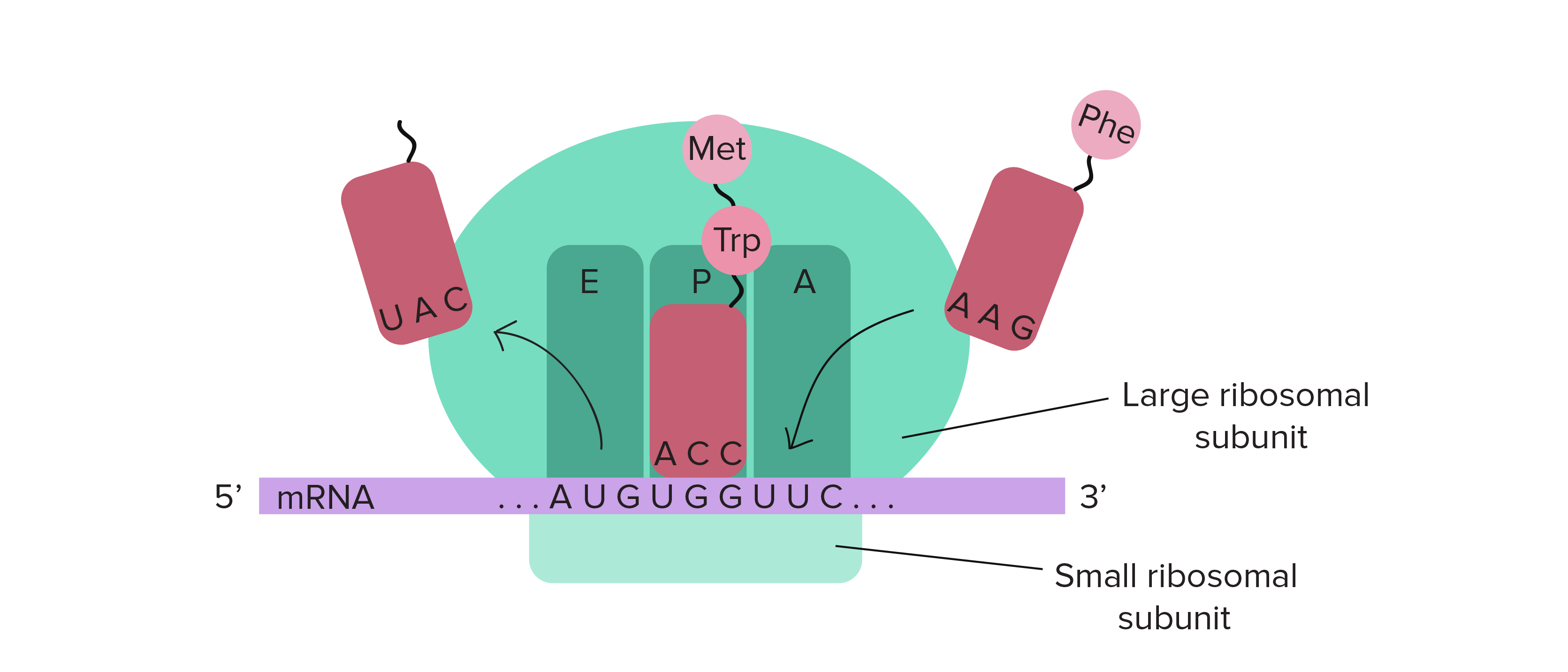


Trnas And Ribosomes Article Translation Khan Academy
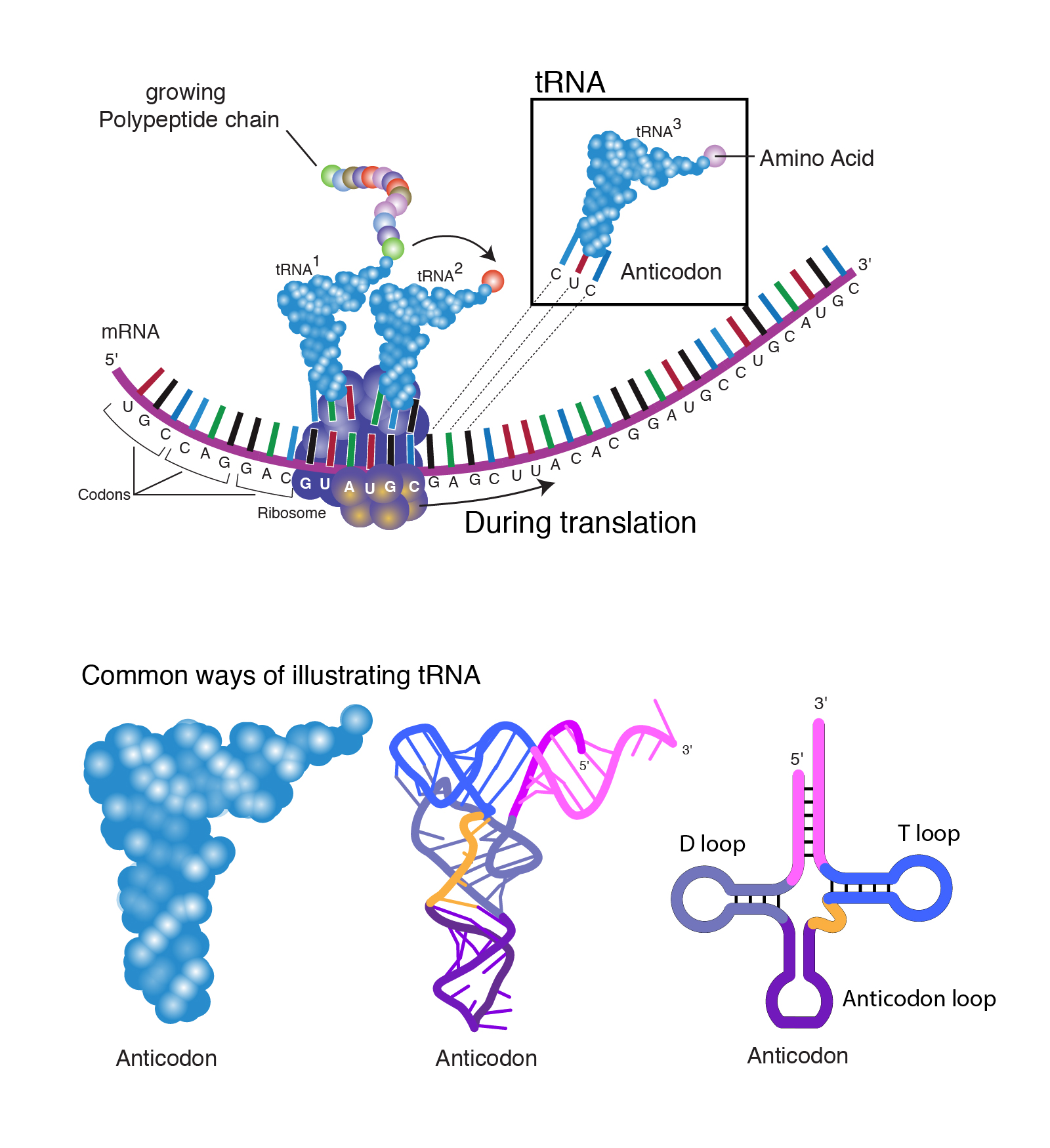


Transfer Rna Trna
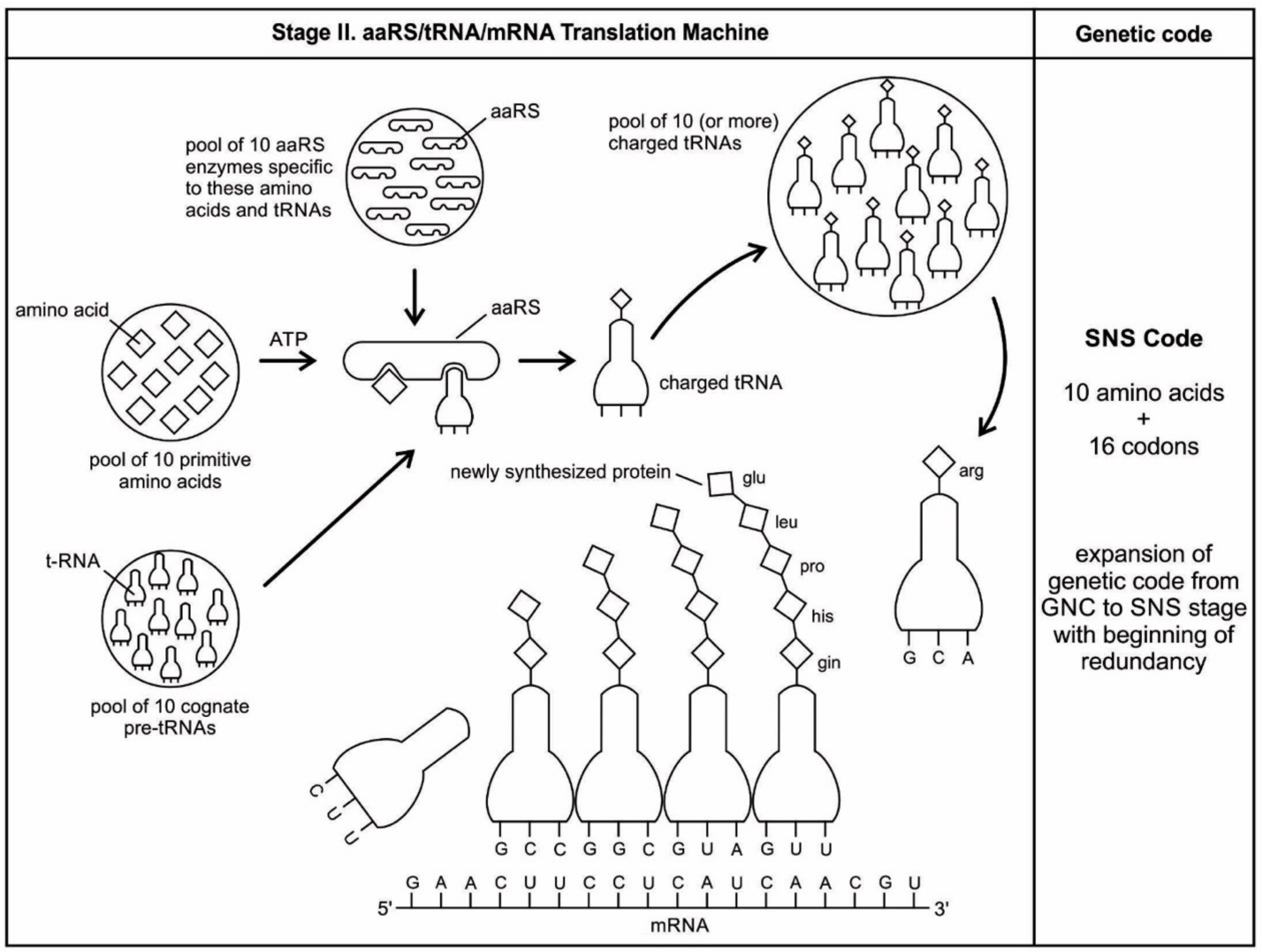


Life Free Full Text The Origin Of Prebiotic Information System In The Peptide Rna World A Simulation Model Of The Evolution Of Translation And The Genetic Code Html
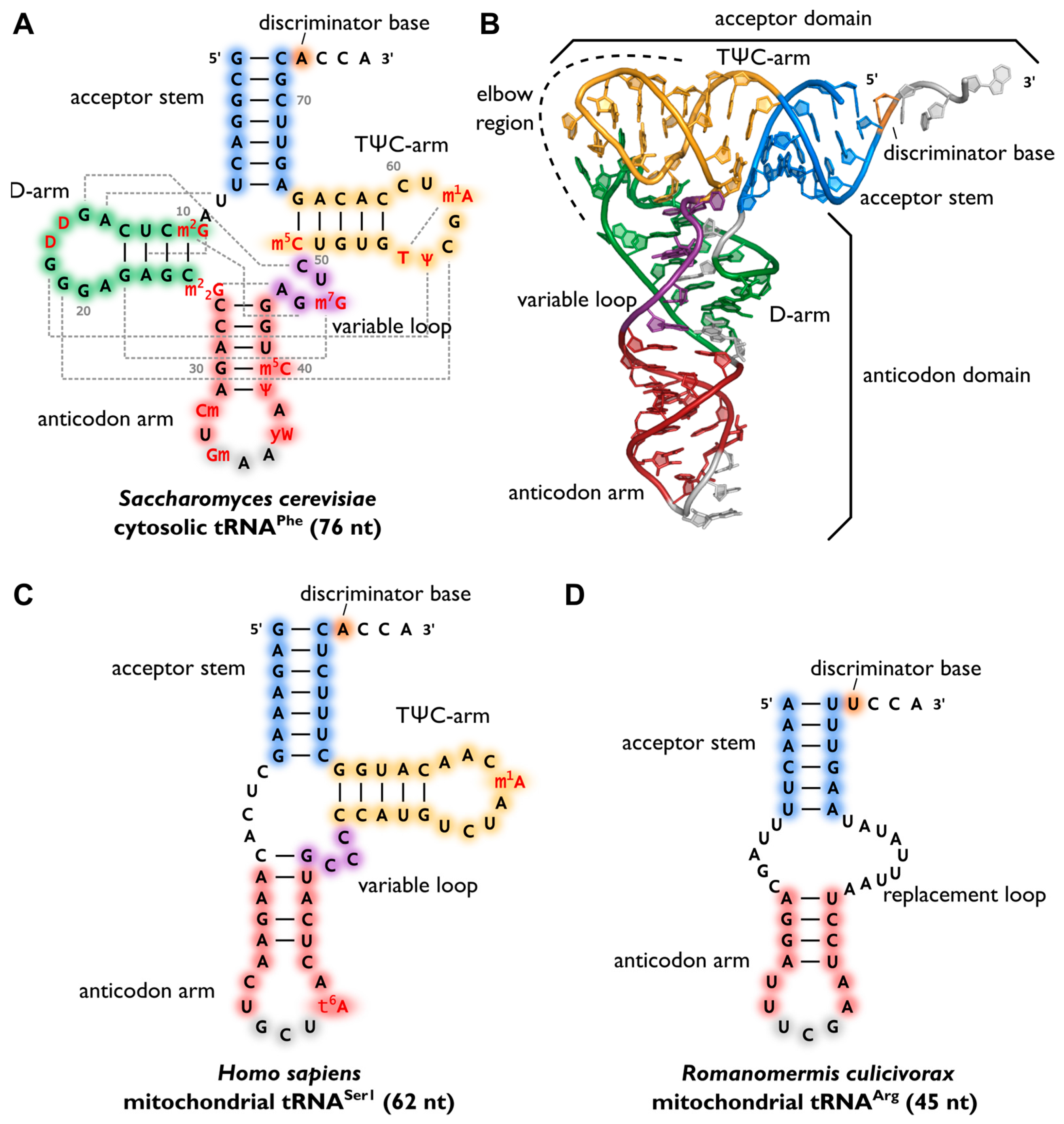


Chapter 11 Translation Chemistry
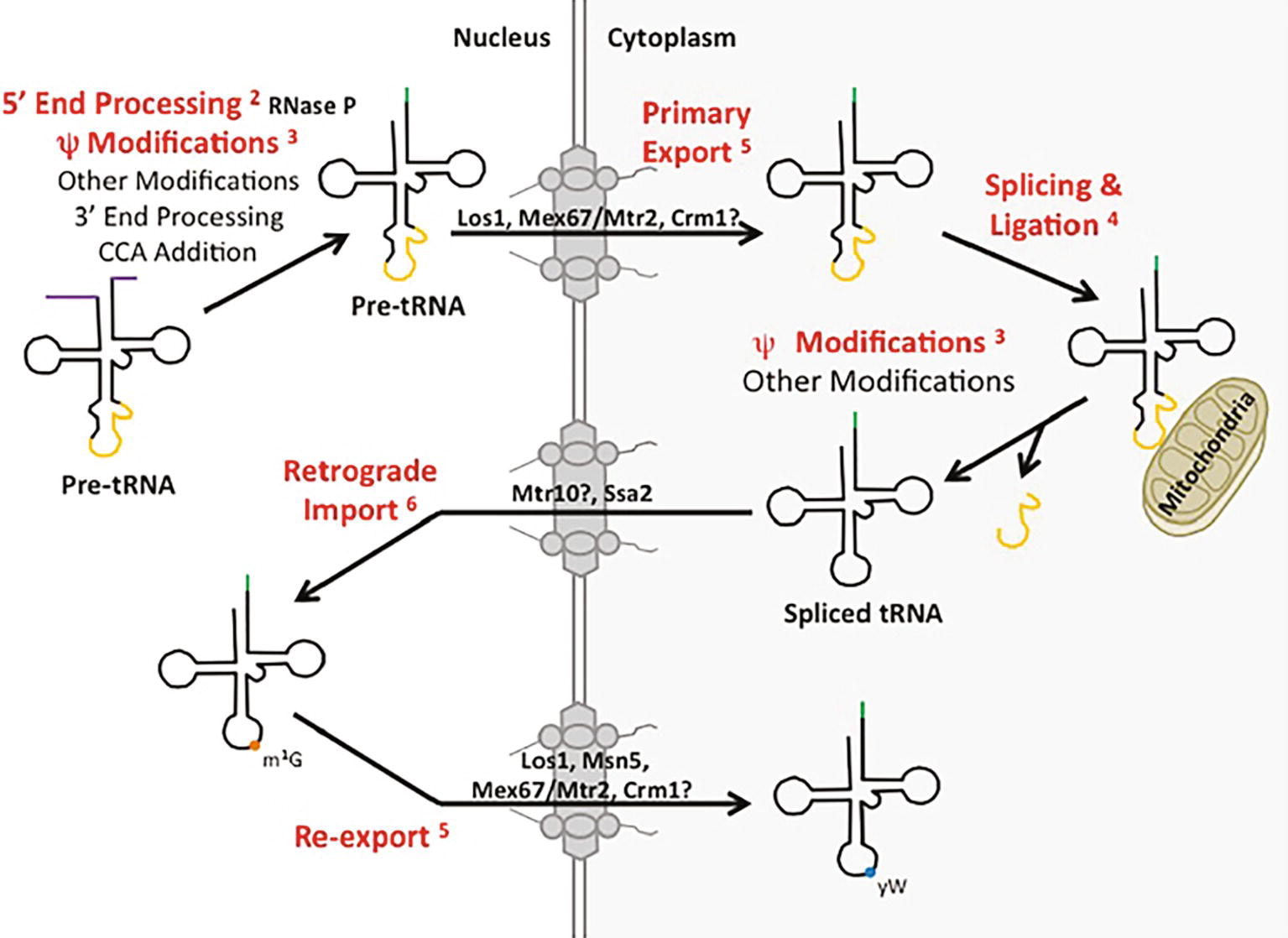


Frontiers Trna Processing And Subcellular Trafficking Proteins Multitask In Pathways For Other Rnas Genetics



Protein Synthesis Translation Microbiology



Elongation Factor Tu Can Repetitively Engage Aminoacyl Trna Within The Ribosome During The Proofreading Stage Of Trna Selection Pnas



Translation Of Mrna To Protein Initiation Elongation Termination Steps Clep Class Video Study Com



7 3 7 4 Transcription Translation Ib Hl Biology 14 15



Transfer Rna An Overview Sciencedirect Topics



Solved The Following Diagram Represents Translation At Th Chegg Com



Information Flow And Levels Of Regulation Medical Genetics 1st Ed



Bioknowledgy Presentation On 7 3 Translation Ahl
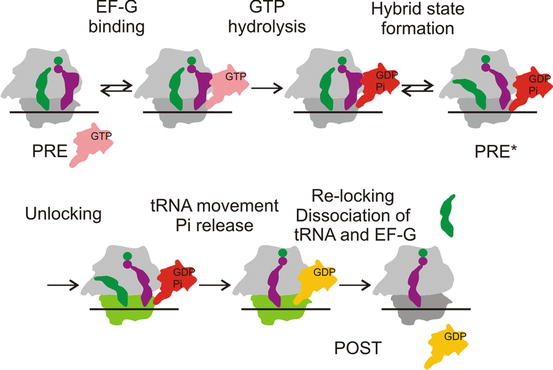


Translocation On The Ribosome Springerlink


3
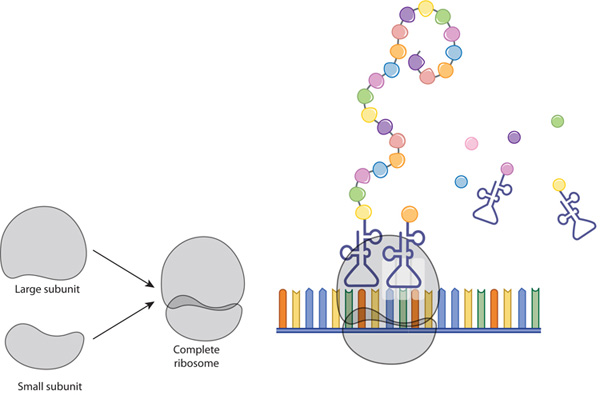


Ribosomes Transcription Translation Learn Science At Scitable
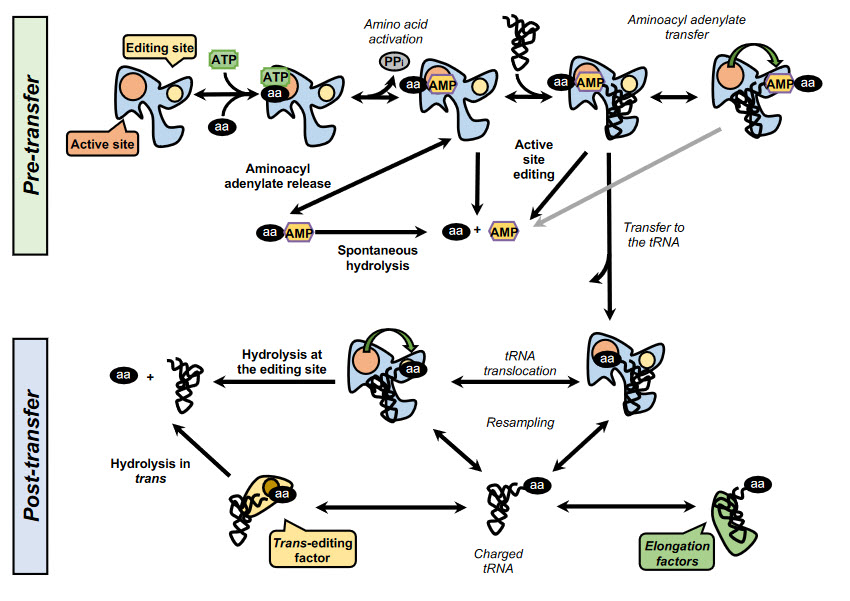


Chapter 11 Translation Chemistry



Pdf The Movement Of Trna Through The Ribosome


Www Npsk12 Com Cms Lib Va Centricity Domain 55 Sol review packet Pdf



Principles Of Biochemistry Cell Metabolism Iii Synthesis Of Protein Wikibooks Open Books For An Open World



Label Free Amino Acid Identification Based On Trna Charging In A Cavity And Amp Blockade In A Nanopore Biorxiv


コメント
コメントを投稿